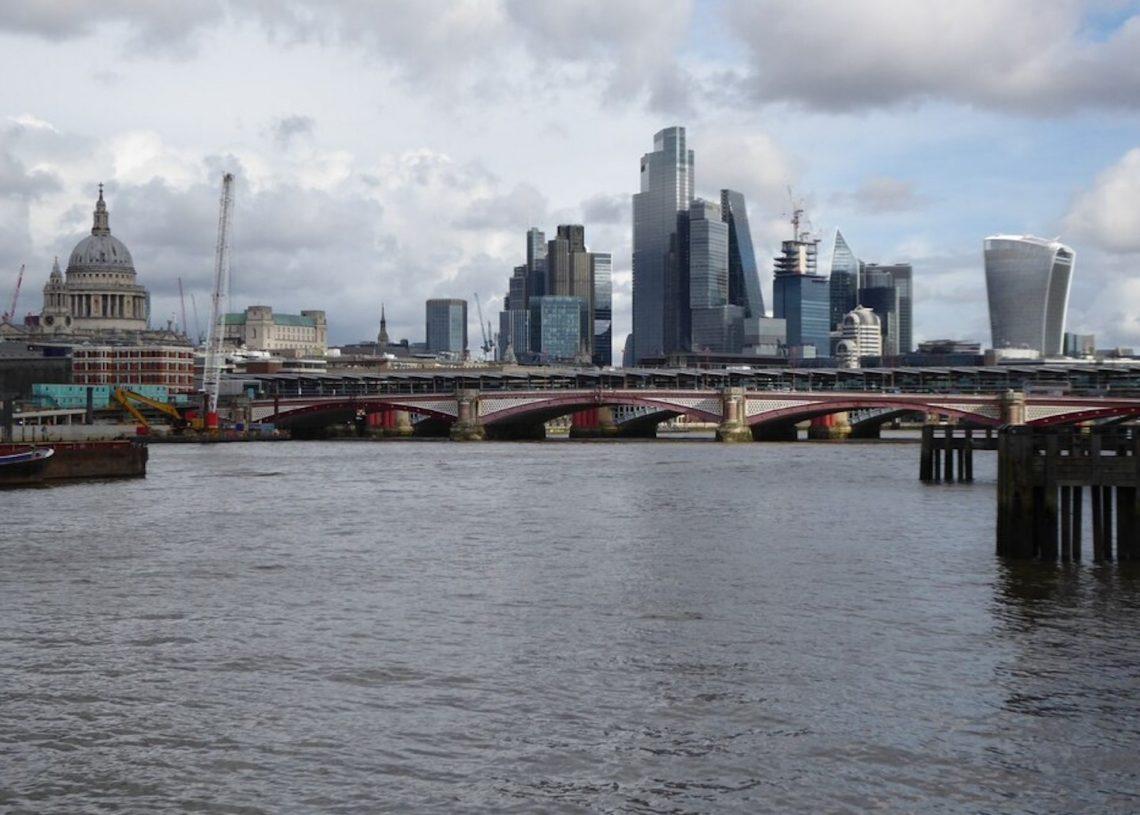
Mayor Khan commits to clean our rivers as London joins Swimmable Cities alliance
London joins cities including Paris, Rotterdam and Budapest in the global drive to restore urban waterways and make them safe, clean, and accessible for swimming
The Mayor of London, Sadiq Khan, has committed to the Swimmable Cities Charter at the C40 World Mayors Summit 2025 in Rio de Janeiro, reaffirming his commitment to reversing years of damage to London’s waterways.
It means that City Hall has officially joined the Swimmable Cities alliance, a global coalition working to restore urban waterways and make them safe, clean, and accessible for swimming.
The Mayor of London, Sadiq Khan, said: “London’s rivers have been neglected and damaged for far too long, with shameful levels of pollution harming our waterways.
“I’m determined to clean up our rivers, which is why we’re creating a Clean and Healthy Waterways Plan for the capital. This will set out clear priorities to reduce pollution, restore biodiversity and increase public access over the next 10 years. We have made great progress in cleaning our air in London, and I’m committed to doing the same with our rivers.
“Together we can make our rivers something that every Londoner can be proud of as we continue to build a greener, better London for everyone.”
For all Londoners
Deputy Mayor for Environment and Energy, Mete Coban MBE, said: “Our rivers are one of our capital’s greatest assets and we are committed with our partners to creating safe, healthy and swimmable waterways for all Londoners to enjoy.
“We are proud to sign up to the Swimmable Cities Charter, which shares our ambition to ensuring everyone can benefit from access to clean, thriving waterways.”
Matthew Sykes, Melbourne-based Co-Founder & Global Convenor of Swimmable Cities, said: “Swimmability is fast becoming an everyday part of how cities plan, create and communicate urban health and wellbeing – the way that conversations about walkability and rideability began years ago. We’re seeing a big shift in how cities value their waterways: not just as infrastructure, but as living systems, public spaces and natural capital.”
A grassroots movement
Swimmable Cities was launched in July 2024 to encourage cities across the world to deliver safe, healthy and swimmable waterways accessible to all. The Charter, which has also been signed by the leaders of global cities, including the Mayor of Paris and Mayor of Portland, aims to attract talent and investment, creating thriving waterfronts and communities.
Beginning as a grassroots movement, Swimmable Cities is now made up of over 193 organisations across 100 cities and towns, and 34 countries. Its ambition is to support 300 cities in starting their journey towards swimmability by 2030, by giving cities a platform to measure progress and share best practices.
Signing the Charter marks another significant step from Sadiq to clean up London’s rivers, as he has with London’s air. Earlier this year, the Mayor convened key partners responsible for London’s water to develop an ambitious 10-year action plan for cleaning up the city’s rivers, including Thames Water’s investment £1.8bn across the next five years to improve river health in London.
The Mayor’s London Open Water Swimming Guide, launched last year, gives Londoners the chance to discover where they can currently swim outdoors and where it might be possible in the future. The new Plan will look to address the many barriers Londoners have in accessing water for recreation, whether that’s paddling, picnicking or swimming.
Tackling sewage pollution
Building on the existing work of its environmental protection team, often working in partnership with citizen scientists, Thames Water is launching the first part of a major five-year programme to tackle pollution from household drains that have been illegally connected to surface water sewers. This largely hidden problem – often caused unintentionally – leads to sewage reducing oxygen levels, and toxic household cleaning products such as bleach entering streams and rivers across the capital, posing a threat to fish, plants and aquatic animals. The equivalent of 1.8 Olympic sized swimming pools of wastewater is estimated to enter rivers and streams daily in the Thames Water region.
In addition, the Royal Docks has ambitions to transform Royal Victoria Dock, next to City Hall, into one of London’s most welcoming and accessible waterfronts. Future proposals could feature enhanced leisure and swimming opportunities, a new lido and hospitality spaces, alongside revitalised green areas, new residential moorings and floating homes, all aimed at creating a vibrant hub for recreation, wellbeing, and waterside living.
A nature-first approach to improving water quality and increasing biodiversity is central to Sadiq’s Clean and Healthy Waterways Plan, due to be published early next year. The Plan will deliver a coordinated, 10-year strategy for improving London’s waterways, setting clear priorities for reducing pollution, restoring biodiversity, and increasing inclusive public access. One example of the type of activities encouraged by the Plan is the work by Westminster Council art the North Paddington Canal Site to improve access and biodiversity along the canal [insert more info].
The Tideway ‘super sewer’ has already captured over a million tonnes of sewage. Combined with previous upgrades and the Lee Tunnel, it is reducing the volume of sewage entering the tidal Thames by 95 per cent.
Image by Philip Halling








